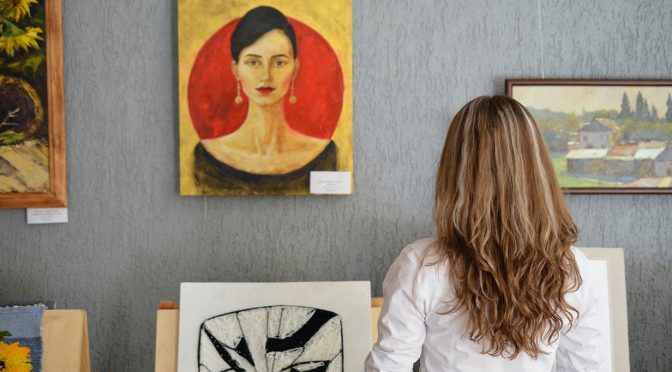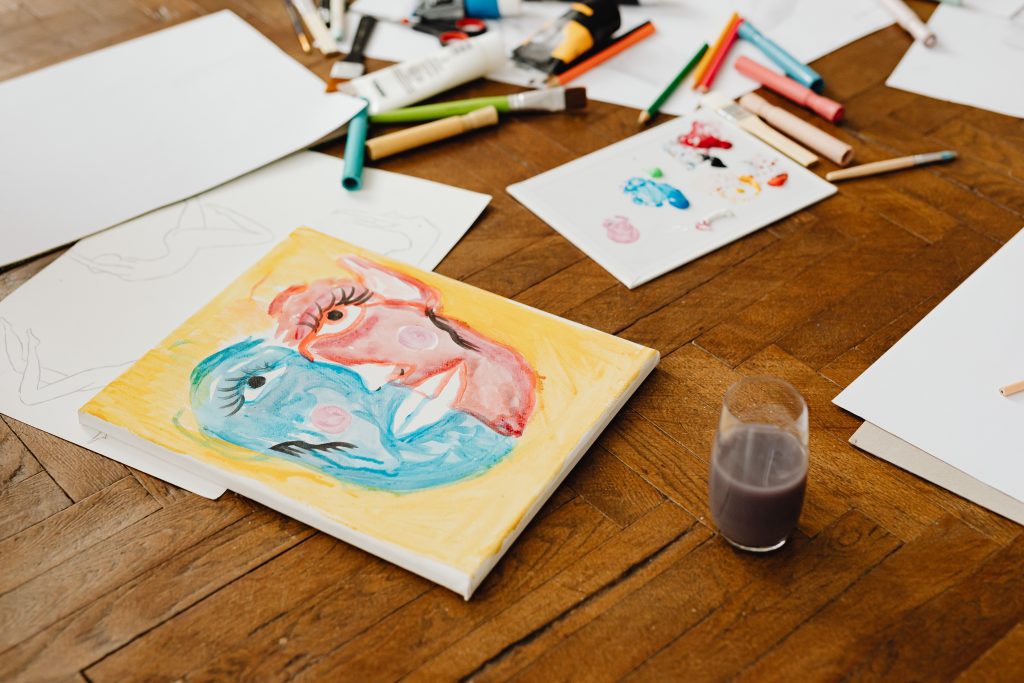Many investors are broadening their investment schemes by becoming active in various luxury markets in this day and age. Some choose to invest in wine, coins, even cattle. But the art world offers plenty of investment opportunities even for laymen and beginners who want to buy valuable artworks. It is a common misconception that the art market is welcoming only for the affluent. Aside from personal appreciation and admiration fine art provokes in investors, there are many financial and practical benefits and drawbacks to investing in fine art. Here we will dissect what lies in store for you if you decide to become an art collector.
Should I invest in fine art?
Interestingly enough, many myths have put off ‘ordinary people’ from investing in art. The first concern is that you are at risk of becoming a victim of many scams, fakes, and rip-offs that lurk in the fine art market.
Of course, this is not entirely unfounded. Yet, a crucial source of the rush and excitement of being an art investor lies in doing your research and trading with the right art galleries, brokers, curators, and artists. Furthermore, you can always protect your investment by insuring your fine art collection.
So, let’s take a look at arguments for and against becoming an art collector in more detail.
Pros of Investing in Fine Art
Blue-chip artworks are rarely subject to inflation
If you have never heard this term, blue-chip art means that the piece is attributed to acclaimed or world-famous artists like El Greco, Picasso, Van Gogh, Modigliani, etc. As mentioned before, you have to do a fair amount of research if you plan to trade in blue-chip artworks. Furthermore, you have to ‘enter’ the fine art world confidently to be successful at it.
But all the efforts will be more than worth the hassle. Blue-chip artworks are an excellent hedge against inflation. This is one of the primary reasons why trading art is so popular among the wealthy. Think of it this way. Investing in artworks is like investing in real estate. Or in other words, a valuable artwork is a tangible asset that is rarely subject to fluctuations on the stock market.
Supporting an emerging artist can be a good investment (if done right)
However, you may also support a promising artist and get the same financial reassurance. Just be mindful that the rise in appreciation and value of an art piece authored by an emerging artist may skyrocket for quite a while but also flatten out after some time. Hence, it takes a lot of knowledge, interest, and commitment to distinguish a great artist from an artist of the moment. Also, the value of artworks belonging to different schools or art movements will increase at different rates.
You do not have to be rich to invest in fine art
Another misgiving is that trading art only makes sense if you are extremely rich. Starting from 2011, art investors saw anywhere from 11% to 14% return on investment. Admittedly, such a staggering increase resulted from China’s attempt to purchase back its art heritage from the West.
Nowadays, the potential return is not as high, but given that investing in fine art outperforms investing in equities, it is far from true that buying art makes sense only if you are wealthy. In fact, the value of fine art is highly stable. Even investing a few thousand dollars into a lesser-known but appreciated artist is highly likely to multiply once the artist attracts the art community’s attention.
So, you could go rogue and give a chance to a promising artist or some interesting old artifact. Your initial investment of, for example, $2,000 can easily jump to $10,000 if the said artist or cultural artifacts become trendy in the art world.
Furthermore, moving the artwork from the gallery to your home is not as expensive as it used to be. Note that moving a newly purchased piece of art is best handled by reliable fine art movers. Nowadays, you can work with experienced professionals and avoid losing your investments in case of transportation damages.
The Cons of Investing in Fine Art
The return is high, but the risk is high as well
So, you can potentially earn a lot of money if you decide to join and trade in the high art society. However, unless you have stumbled upon a rare or blue-chip piece, you can never be too sure your investment will increase in value.
Sure, it happens that art investors suddenly become millionaires. Unfortunately, ending up with an unsellable artwork is a more realistic outcome. For example, conceptual and pop art are usually flashy and attractive to laymen entering the art market. And yes, these kinds of artworks can accumulate a lot of prestige. But, more often than not, you are just taking a chance with these kinds of pieces. This is particularly true if the artist has not come into the limelight yet.
When art dealers evaluate art, they do this based on the history of transactions that the given artist has had so far. So, depending on what’s in vogue, the piece’s value could either skyrocket or – not. This basically means that the appreciation for artworks of artists just stepping into the market is arbitrary.
You cannot sell your artworks whenever you want
One of the biggest disadvantages to developing a fine art collection is that selling it takes time. You cannot sell a painting in a day or two. The entire process can become quite long and require a lot of effort on your or your curator’s part. You have to contact auction houses, pay their commissions, pay additional fees when you sell the artwork, etc.
This means that you cannot just ‘flip’ fine art whenever you feel like it. Also, if you sell too soon, you may even regret being hasty and selling the piece for less money. You may have to be patient and wait for the right moment to do so. However, the problem is that you can never be too sure if the right moment has come.
Storing fine art can be tricky
One of the major cons of investing in fine art is the lack of storage space or inappropriate storage conditions. If you live in a big city, your apartment can easily become overcrowded rather than embellished, thanks to your art collection. Furthermore, you need to make an effort and protect your art collection by keeping it in a suitable environment. Damp, hot air, or exposure to bright light can easily damage artwork. This means you may have to shell out even more money for your artworks’ proper storage and maintenance.





2 thoughts on “The Pros and Cons of Investing in Fine Art”
Comments are closed.